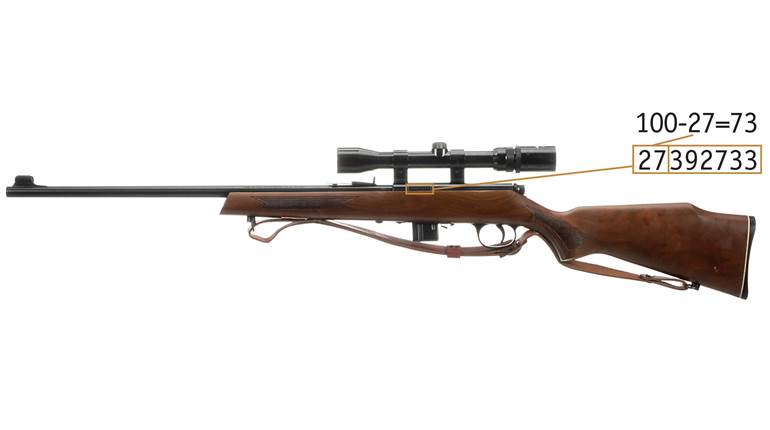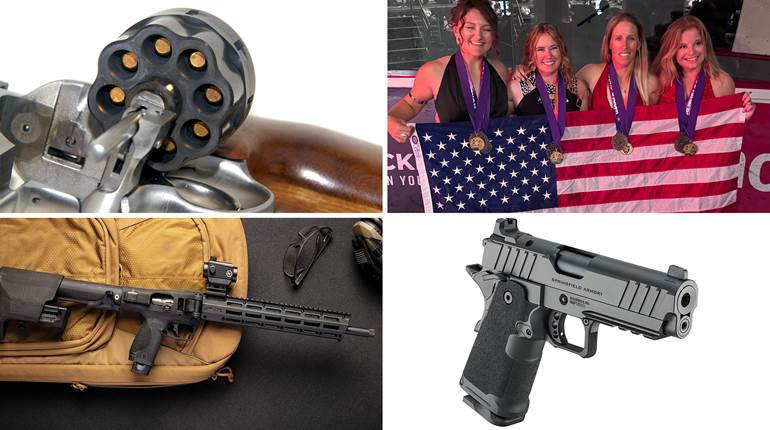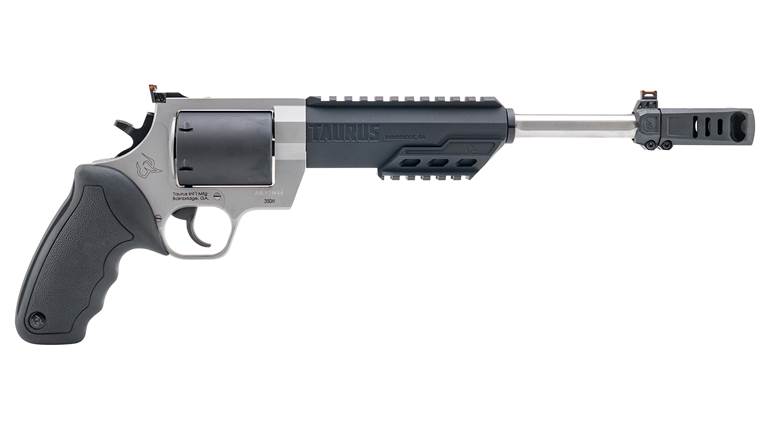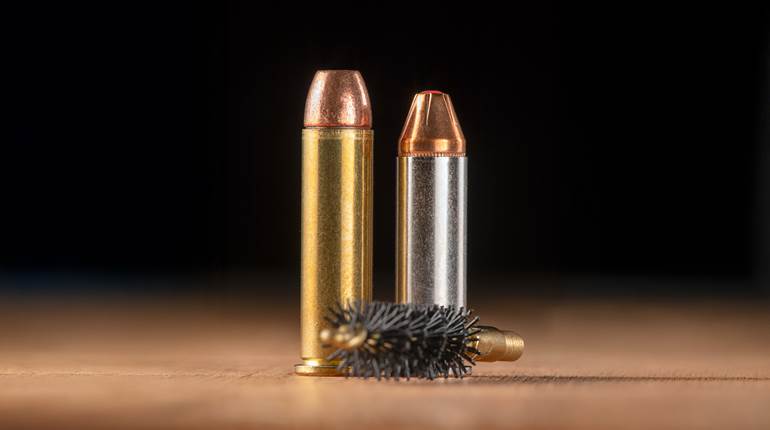
Q: What is meant by a Colt Detective Special short frame versus a Colt Detective Special long frame? I’m looking for a pair of original stocks for my Detective Special and keep coming across these terms. How does this affect the stocks?
A: There is a definite difference between “long frame” and “short frame” Colt Detective Special stocks. The Detective Special was made from 1927 until 1995, and during that period, four different changes, or “issues,” as collectors call them, were produced that will dictate the type of stocks used for each gun.
The first issue (1927-1933) featured a long, squared-off butt profile, and the stocks used on these guns will not fit any of the subsequent issues and are not referred to as either long- or short-frame stocks.
In 1933, Colt rounded off the heel and toe of the gun’s steel butt, and guns with this grip profile—which includes second-issue (1947-1965) variations—have become known as long frame Detective Specials.
In 1966 (the beginning of the Third Issue Detective Special), Colt shortened the lower portion of the Detective Special’s frame, allowing it to be used on some of Colt’s other D-frame revolvers, such as the Colt Agent and Cobra. This has now become known as the short frame Detective Special and is easily identified by the fact that the two-piece walnut stocks designed for the short frame cover up the bottom section of the revolver’s grip area. Thus, they will not fit the previous long-frame versions, in which the steel butt is exposed.
Despite the differences between the short and long frames, using the correct factory stocks on each will result in grips of the same overall length.
Short-frame stocks will also fit Fourth Issue Detective Specials (1973–1995) and other late D-frame Colt revolvers. So, it is important that buyers source stocks specifically for either a long frame (1933-1965) or a short frame (1966-1995) Detective Special, depending on which version they have.
—Rick Hacker, Field Editor





































